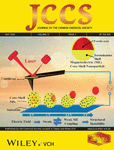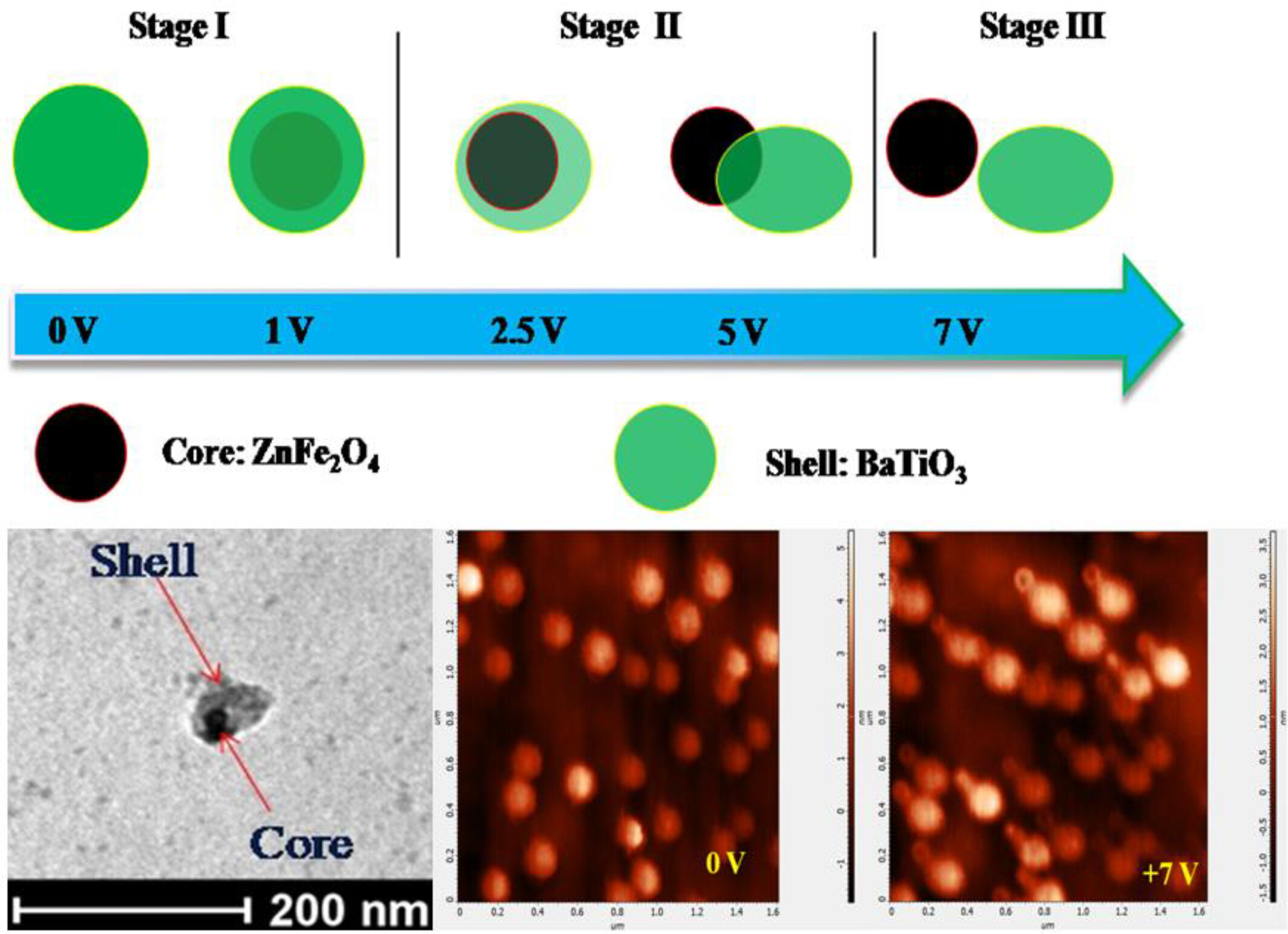Journal list menu
Export Citations
Download PDFs
COVER
Cover: Journal of the Chinese Chemical Society 07/2025
- Page: 753
- First Published: 19 July 2025

Focus of the figure: Piezoresponse force microscopy results demonstrate that ZnFe2O4-BaTiO3 magnetoelectric core-shell nanoparticles exhibit a stable core-shell configuration up to 1V, beyond which structural disintegration occurs. The instability of ZFO-BTO ME CSNPs is attributed to non-uniform interfacial strain, low ZnFe2O4 core magnetostriction, and a suboptimal core-to-shell thickness ratio. These findings provide valuable insights into the design of novel core-shell nanocomposites with enhanced magnetoelectric coupling and structural stability. More details about this figure will be discussed by Dr. A. Rajesh and his co-workers on pages 775–786 in this issue.
ISSUE INFORMATION
Contents and Masthead: Journal of the Chinese Chemical Society 7/2025
- Pages: 754-760
- First Published: 19 July 2025
REVIEW
Advances, challenges, and prospects of atomic layer deposition for zinc-ion batteries: A review
- Pages: 761-767
- First Published: 26 May 2025
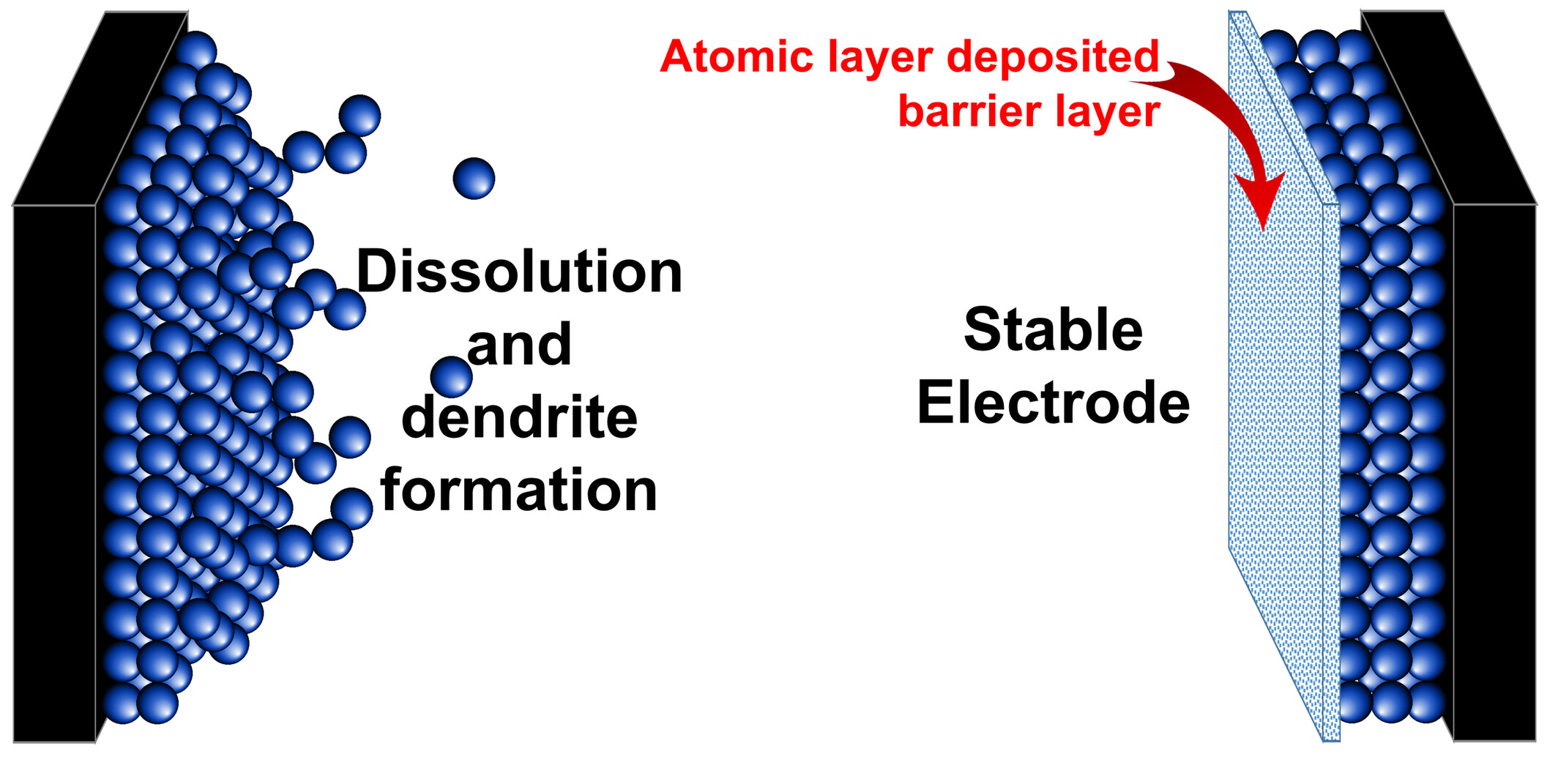
This review explores atomic layer deposition (ALD) as a strategy to enhance zinc-ion batteries (ZIBs). It discusses ALD's fundamentals, applications, advancements, and challenges in improving ZIB electrodes. The review concludes by highlighting key prospects and future directions for ALD in ZIB development, addressing structural instability and electrochemical performance limitations.
RESEARCH ARTICLE
Photodegradation of PCB 138 using novel ZnO-SO3H nano semiconductor under visible light
- Pages: 768-774
- First Published: 21 May 2025
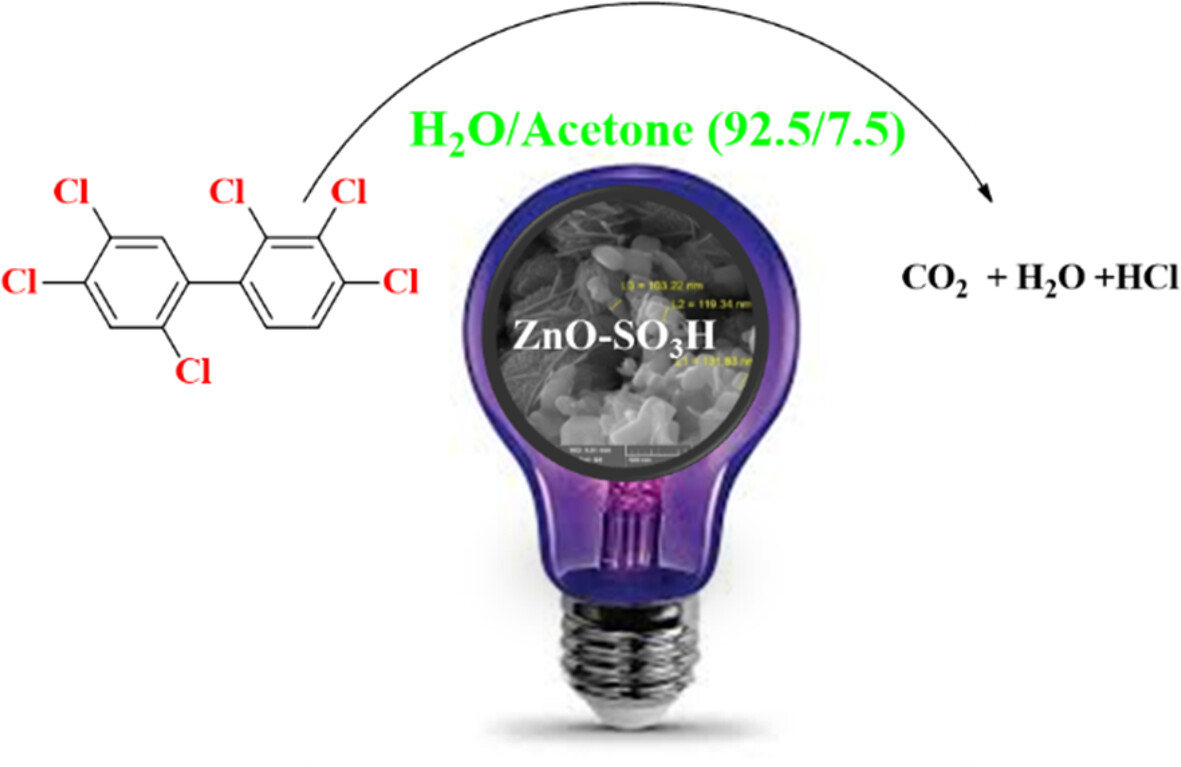
ZnO-SO3H nano semiconductor was successfully synthesized for the first time and used as a photocatalyst for the removal of PCB 138 in aqueous solutions. Interestingly, the morphology of ZnO was slightly changed during the reaction with ClSO3H to layered and rod shapes. The photodegradation efficiency of PCB 138 with ZnO-SO3H nano semiconductor was higher than that of commercial ZnO.
Structural instability of ZnFe2O4-BaTiO3 magnetoelectric core-shell nanoparticle: An in situ analysis by PFM
- Pages: 775-786
- First Published: 27 May 2025
Electrocatalytic properties of MoS₂ synthesized using molybdenum foam for hydrogen evolution reaction
- Pages: 787-794
- First Published: 01 June 2025
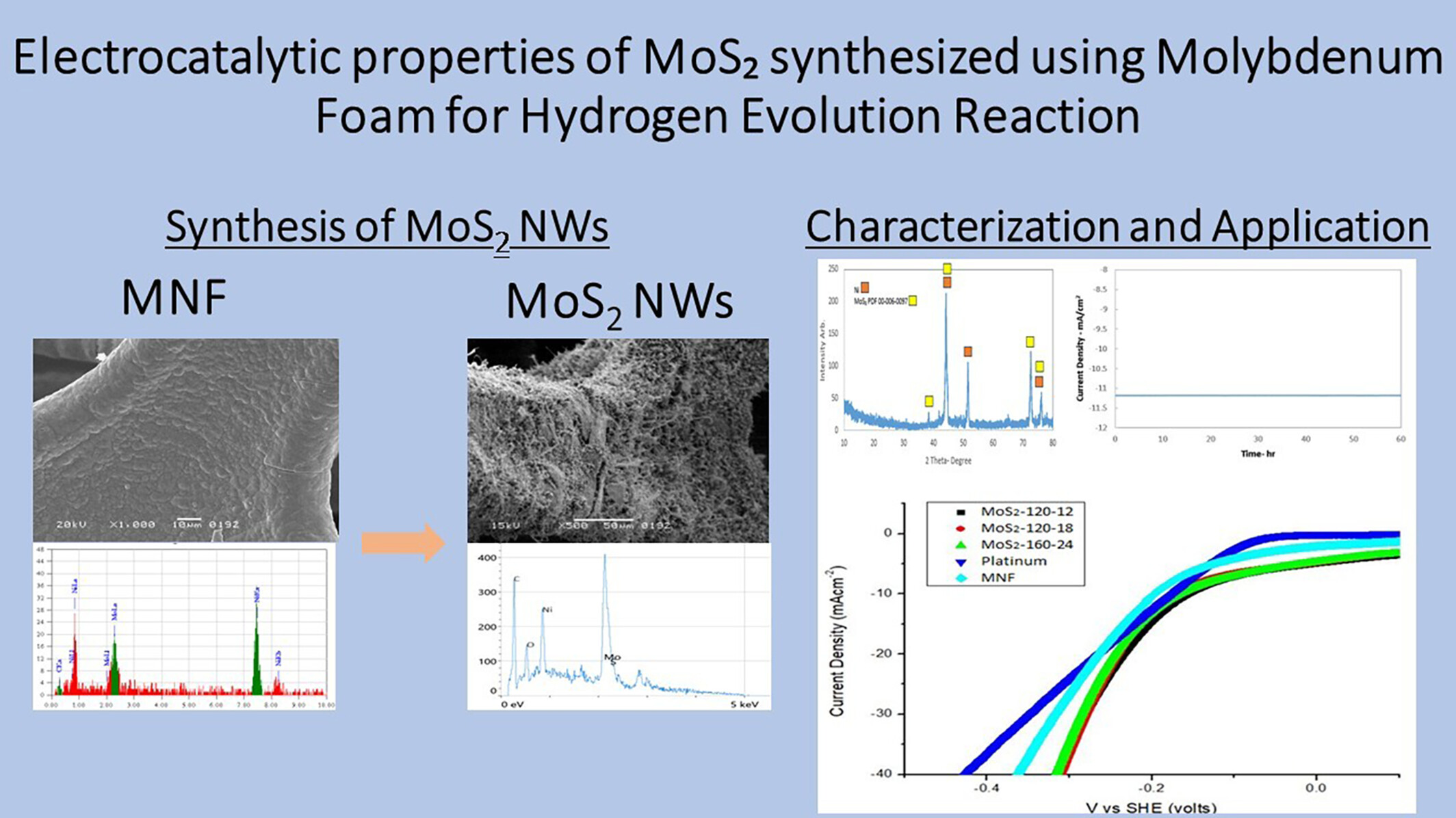
This study explores non-noble metal electrocatalysts for the Hydrogen Evolution Reaction (HER) by synthesizing 1D nanowires on Molybdenum/Nickel Foam (MNF) using a solvothermal method with varied heating durations. The 12-h sample showed promising HER performance, achieving 10 mA/cm2 at 158.8 mV overpotential. Structural and kinetic analyses (SEM, EDX, XRD, EIS) and stability tests were conducted to understand the catalyst's properties and long-term performance.
A strategically designed fluorescent turn-on chemodosimeter for selective detection of mercury (II) via dithioacetal deprotection reaction
- Pages: 795-803
- First Published: 14 May 2025
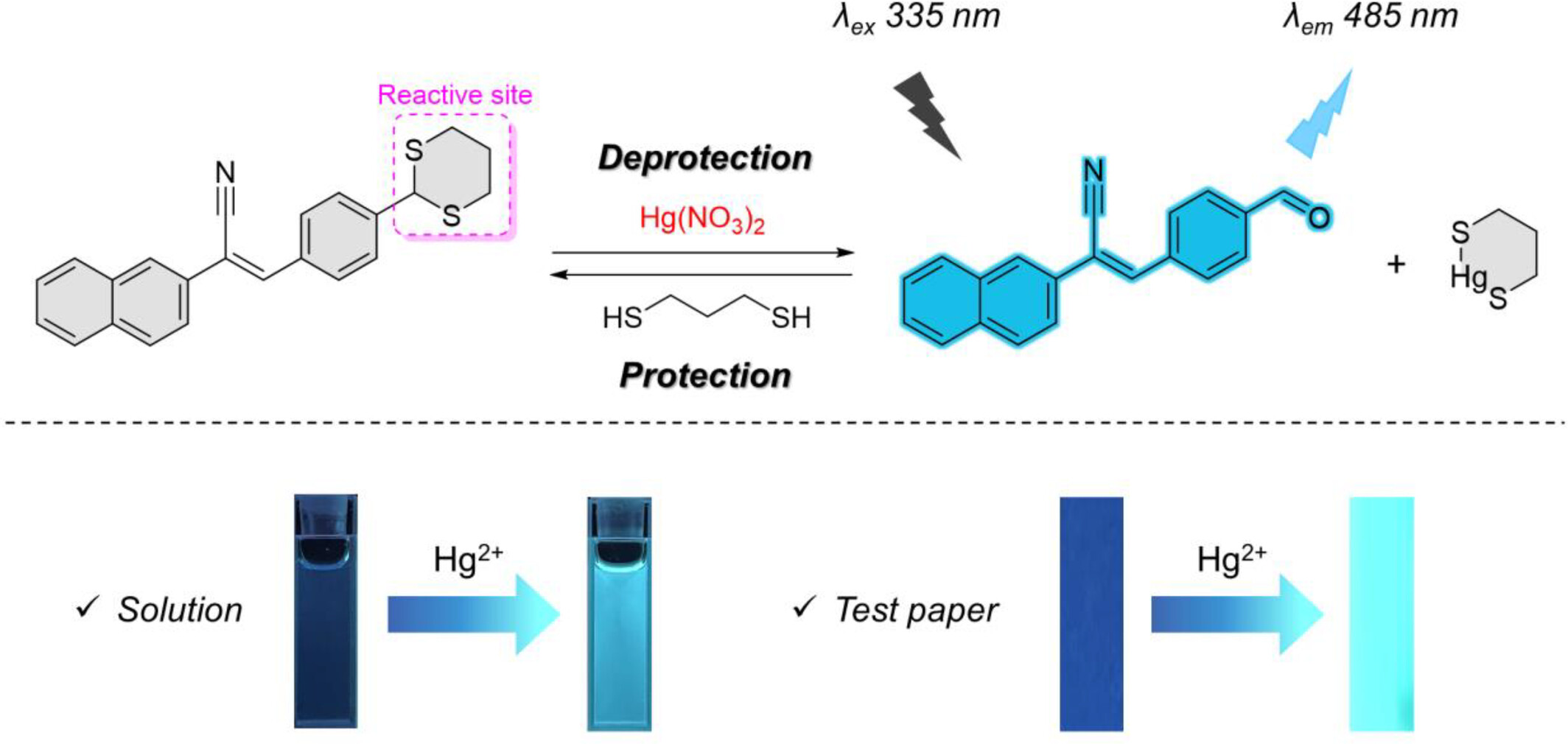
A fluorescent probe DTNA could monitor Hg2+ through triggering the deprottection reaction of the dithioacetal group. DTNA exhibited high selectivity with a large Stokes shift (150 nm) for monitoring Hg2+, accompanied by a strong cyan fluorescence turn-on. Moreover, DTNA could serve as a practical tool for the visual detection of Hg2+ using test papers.
Chitosan nanogels-mediated AIE self-assembly of copper nanoclusters for highly sensitive detection of the anticancer drug methotrexate
- Pages: 804-813
- First Published: 22 May 2025
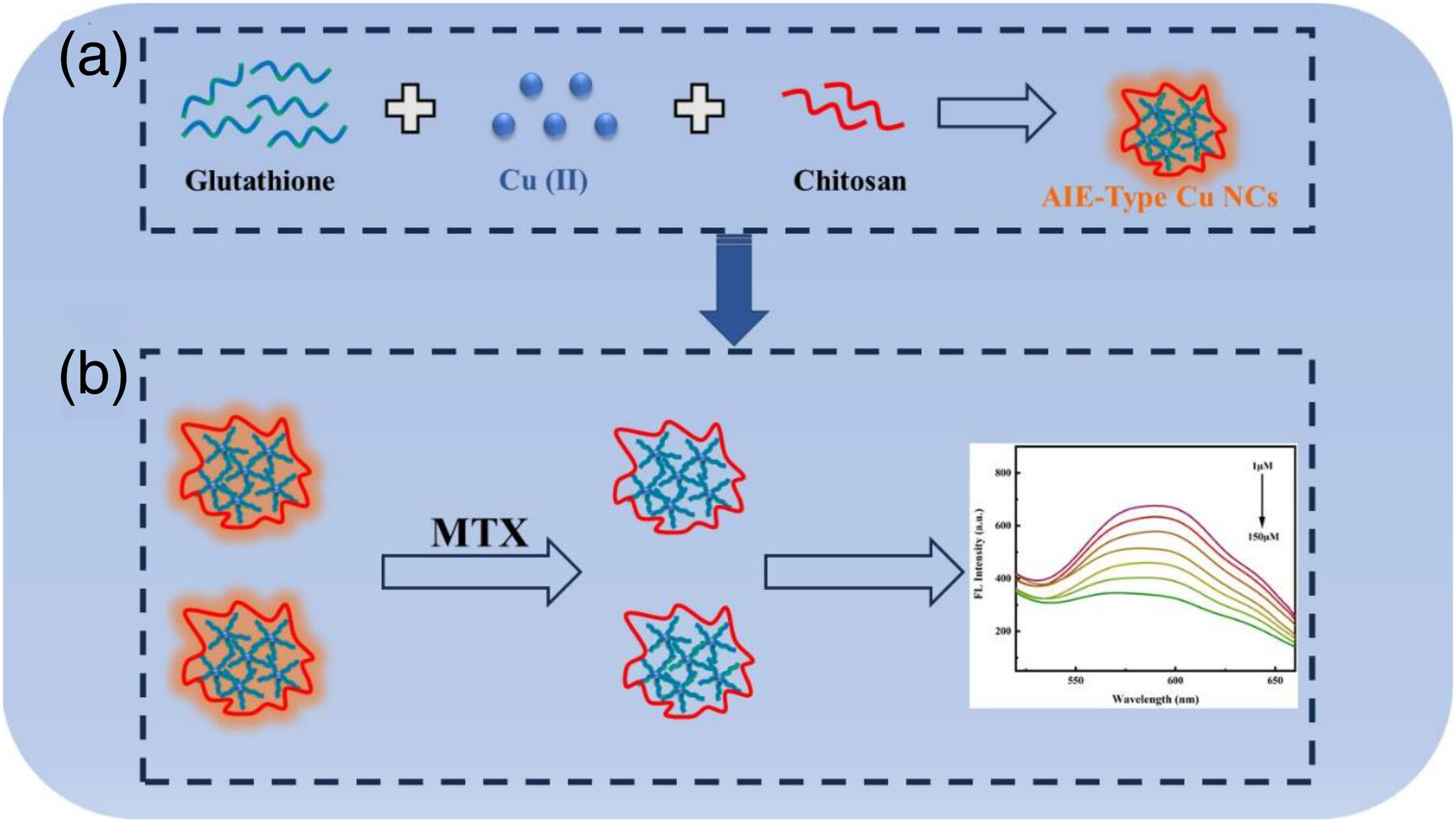
A one-step aqueous method was developed to prepare fluorescent nanogels, CS-Cu NCs, incorporating Cu NCs with AIE properties into the CS nanogels. Owing to the spatial confinement of CS and Cu NCs induced by the electrostatic interaction, the fluorescence emission of the CS-Cu NCs was greatly enhanced. However, upon adding MTX, the fluorescence intensity of CS-Cu NCs was notably quenched.
Construction of magnetically separated quantum dot fluorescent aptasensor and its application in MUC1 detection
- Pages: 814-830
- First Published: 21 May 2025
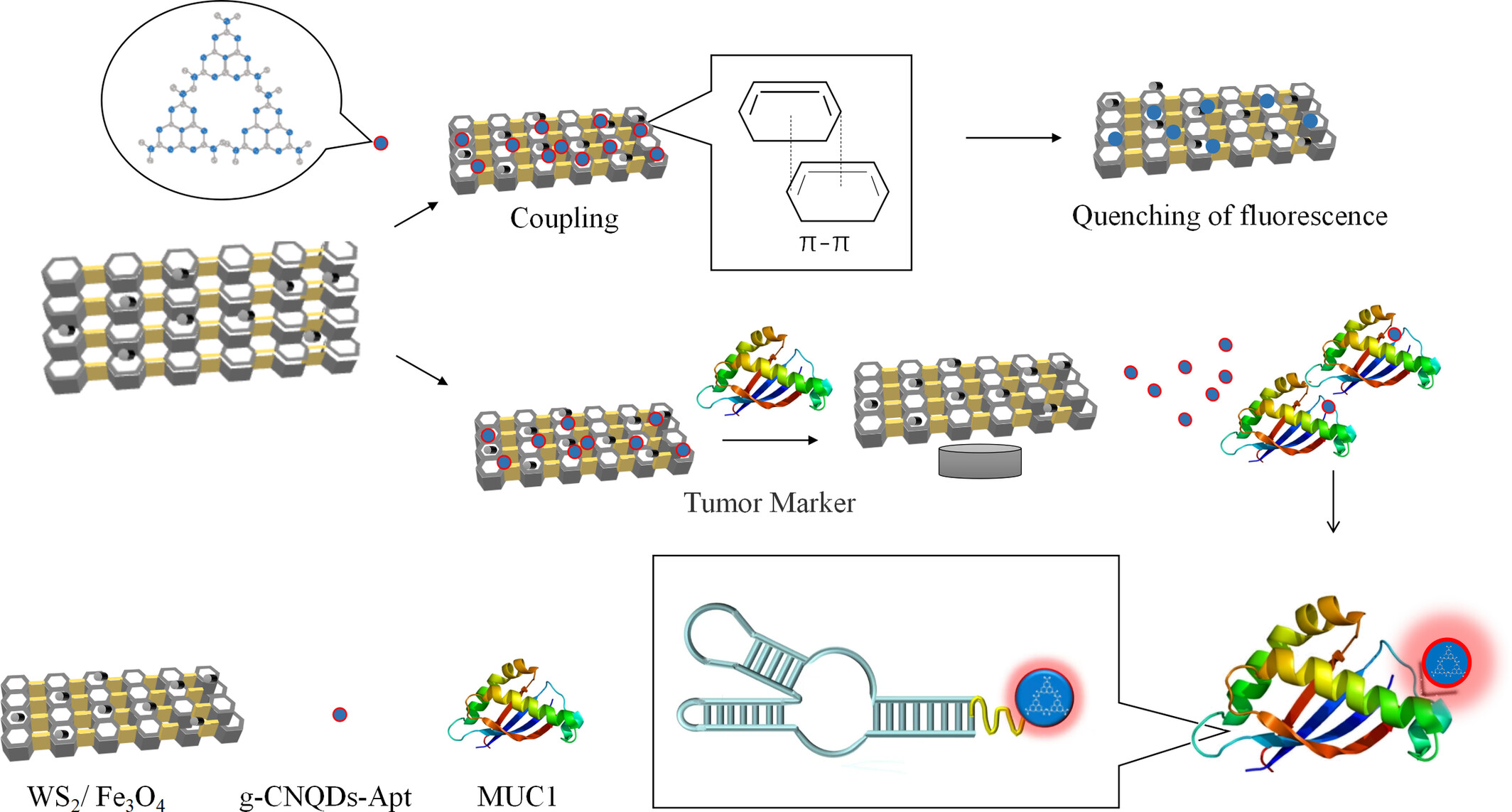
This study developed a g-CNQDs-Apt/WS2/Fe3O4 magnetically separated fluorescent aptasensor using FRET for detecting MUC1, a tumor marker. Magnetic separation enhanced fluorescence recovery, reduced background interference, and improved detection range. The system showed a strong linear correlation (R2 = 0.9926), a detection limit of 0.89 ng/mL, RSDs of 3.24%–4.68%, and recoveries of 94.99%–112.39%, offering potential for detecting other tumor markers.
PREVIEW
Preview: Journal of the Chinese Chemical Society 07/2025
- Page: 831
- First Published: 19 July 2025




